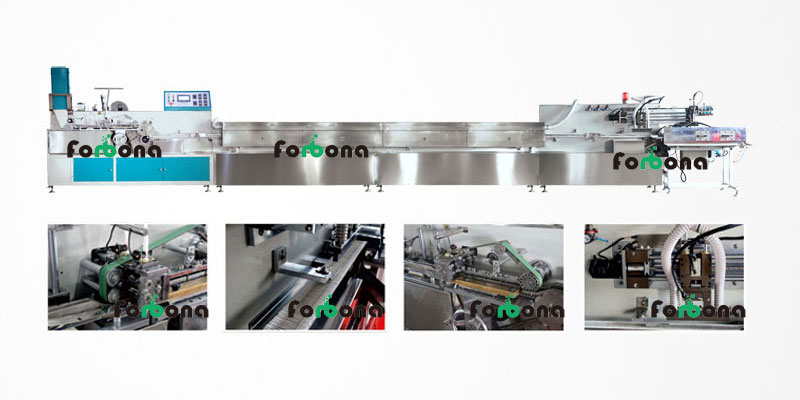A Complete Guide to Cotton Swab Manufacturing Process and Machinery
Date: 4/24/2025 3:02:00 PM Click: 13
Introduction
Cotton swabs, commonly known as Q-tips, are essential hygiene and household items used for cleaning, beauty, and medical purposes. Their manufacturing process requires precision machinery to ensure high-quality, consistent output. This article will explore the manufacturing process of cotton swabs, focusing on cotton swab manufacturing machine and their role in production.
I. Raw Materials Used in Cotton Swab Production
Before diving into the machinery, it is important to understand the following key materials:
Cotton Swab Stick Material: Usually made of paper, plastic, or wood.
Cotton Swab Head: High-quality sterile cotton fibers.
Adhesive: Food-grade glue used to attach the cotton swab to the cotton swab stick.
II. Cotton Swab Manufacturing Process-Cotton Swab Machine
Step 1: Cotton Swab Stick Forming
Paper/Plastic Cotton Swab Stick Production:
Paper cotton swab sticks are coiled and cut to size. Plastic cotton swab sticks are extruded.
Wooden Stick Production:
Thin wooden dowels are cut to precise lengths.
Step 2: Swab Application
The cotton swab making machine automatically feeds the wooden sticks into the assembly line.
The cotton fibers are wound around the ends of the sticks by a high-speed rotating spindle.
A fine adhesive mist ensures that the cotton swabs are firmly attached to the sticks.
Step 3: Shaping and Polishing
The excess cotton swabs are trimmed to give them a smooth and uniform surface.
Some machines use heated rollers to compress the swabs to better hold their shape.
Step 4: Sterilization and Packaging
The swabs are sterilized by UV or chemicals.
Automatic counting and packaging machines pack them into boxes or plastic containers.\

III. Main Features of Cotton Swab Making Machines
Modern cotton swab making machines are fully automated and have the following features:
High-speed production – thousands of swabs can be produced per hour.
Precision winding mechanism – ensures uniform density of swabs at both ends.
Adjustable swab length and swab size – can be customized for different products.
Quality control sensors – detect defects such as loose swabs or misaligned swabs.
IV. Types of Cotton Swab Machines
Fully Automatic Machines – handle swab feeding, swab winding, and packaging with little to no human intervention.
Semi-Automatic Machines – require manual swab loading, but swab winding is automated.
Medical Grade Swab Machines – include an additional sterilization step for hygienic products.
V. Choosing the Right Swab Making Machine
When choosing a machine, consider the following:
Production Capacity – small-scale production vs. industrial production.
Material Compatibility – paper, plastic, or wood.
Degree of Automation – fully automatic for large factories, semi-automatic for startups.
Compliance Standards – medical-grade swabs require FDA, CE, or ISO certification.
Conclusion
Cotton Swab Making Machine play a vital role in ensuring efficient, high-quality production. With advances in automation technology, manufacturers can now produce swabs at scale while maintaining strict hygiene and precision standards. Whether for cosmetic, household, or medical use, understanding the mechanics behind swab production can help companies optimize their production processes.






